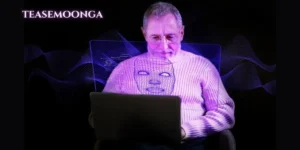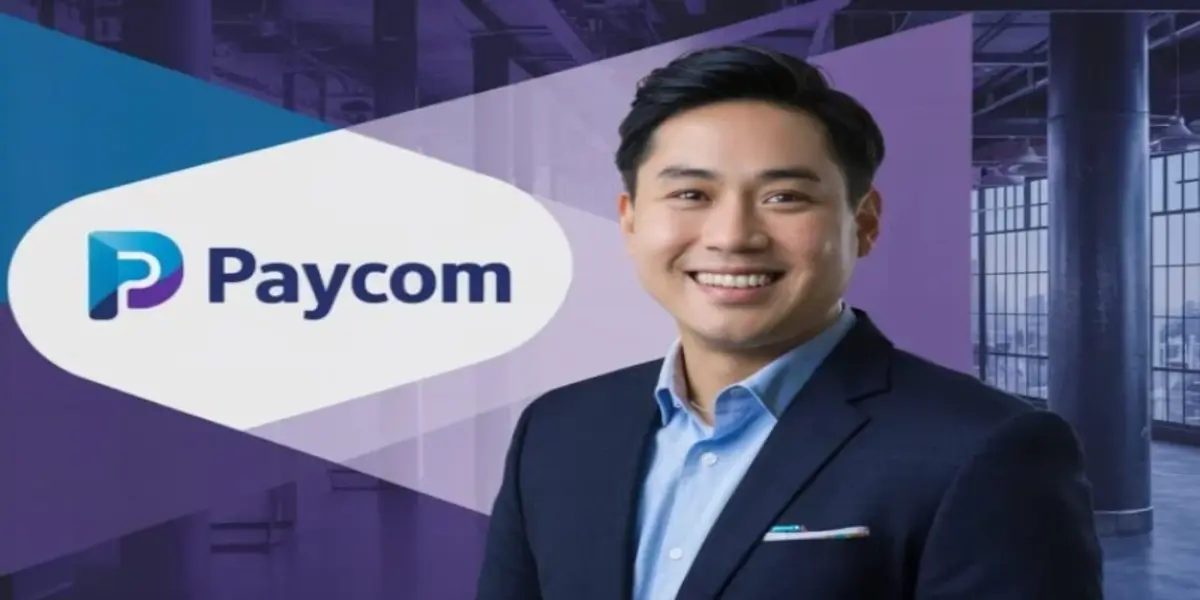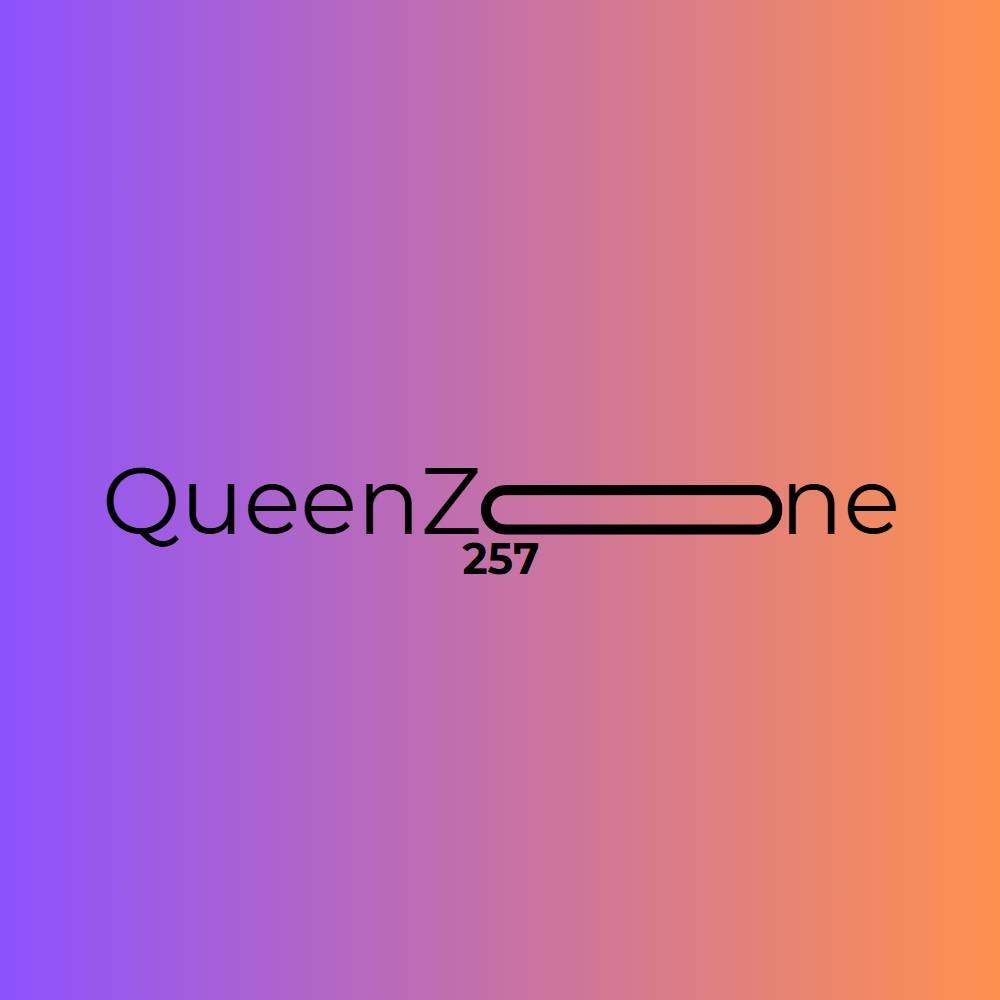Teasemoonga and the Power of a Word Without Limits
In today’s fast-moving digital universe, some words break through the noise not because they’re found in a dictionary, but because they resonate. Teasemoonga is one such word. It appeared suddenly, spread rapidly, and embedded itself into memes, captions, conversations, and even music content without anyone fully knowing where it came from or what it truly means. And that’s the beauty of it.
Teasemoonga isn’t just a trend. It is a phenomenon that captures the emotional energy, absurd humor, and unfiltered creativity of the internet. It has no fixed meaning, yet it means everything to those who use it. Whether seen in aesthetic TikTok edits, tweeted as a mood caption, or dropped in viral song lyrics, teasemoonga is an expression of vibe over vocabulary, emotion over explanation.
This article dives deep into the mystery, meaning, and movement of teasemoonga. We’ll explore how a seemingly random word became a cultural signal and why it reflects the way a generation communicates in 2025 and beyond.
The Birth of Teasemoonga: A Digital Mystery
No one can point to the exact moment teasemoonga entered the online world. It wasn’t part of a marketing campaign or a celebrity quote. It wasn’t coined by a brand or boosted by algorithms at first. Instead, it surfaced in fragmented ways perhaps in a meme post, a caption under a blurry lo-fi video, or a playful remix shared in niche forums.
Its rise is organic. Someone said it, someone else repeated it, and soon it took on a rhythm of its own. Unlike other internet terms that trace back to pop culture events or influencers, teasemoonga was born purely from internet creativity unfiltered, undefined, and yet completely recognizable once it took hold.
It echoes the evolution of digital language: fast, fluid, and unpredictable. Just as “yeet,” “slay,” and “rizz” once held unexplained power, teasemoonga now holds that same unexplained energy, inviting everyone to feel something without ever needing to explain what that “something” is.
The Meaning Behind the Madness
What makes teasemoonga powerful is not what it means, but what it allows. It can be anything an emotion, a state of being, a burst of confidence, a wave of nostalgia. On any given platform, its usage changes form. One user might post a sunset photo with the caption “teasemoonga vibes only,” while another drops it at the end of a chaotic meme thread to signify emotional overload.
It’s also widely used as an emotional sign-off, a kind of digital exhale. If “LOL” is a laugh, “teasemoonga” is a sigh, a dream, or a moodboard in word form. Its syllables feel soft, melodic, and slightly surreal which is exactly why it fits so perfectly in the abstract world of internet language.
Unlike older slang that had clear, grounded meanings, teasemoonga exists in the abstract. It lets users assign their own feelings to it, making it a personalized expression that requires no explanation. It’s a feeling, not a phrase. A shared vibe, not a fixed label.
Teasemoonga in Aesthetic and Meme Culture
One of the reasons teasemoonga took off is its appeal to visual culture. Scroll through Pinterest or Instagram, and you’ll find it paired with dreamy visuals vintage filters, VHS glitch edits, pastel skies, blurry poetry. On TikTok, it’s used in edit videos, sometimes as background audio, sometimes as text overlays syncing with beats that nobody can name.
Memers, too, have embraced it. It’s become a punchline in absurdist humor or a final frame in a chaotic slide of unrelated images. In these formats, teasemoonga functions almost like a meme template. Its randomness makes it endlessly flexible.
Creators love teasemoonga because it doesn’t restrict them. It invites imagination. It doesn’t tell you what to think it lets you project your own chaos, calm, or creativity into it.

Teasemoonga as a Digital Identity Symbol
In a hyperconnected world, where everyone wants to stand out but also belong, words like teasemoonga act as secret handshakes. If you use it, you’re signaling that you’re part of a culture that values creativity over conformity, absurdity over order, and self-expression over perfection.
Teasemoonga is an unspoken identity marker. It says, “I get it” without needing to explain what “it” is. For Gen Z and the emerging Gen Alpha creators, it’s part of a wider shift in communication away from clarity, and toward shared emotional language that prioritizes tone, feeling, and intent over rules.
When you see teasemoonga used in a caption, video, or comment, it’s not just a random word. It’s a signal. A coded message. A shared inside joke between people who have never met but still speak the same digital language.
The Psychological Impact of Words Like Teasemoonga
Psychologists studying internet behavior note how language plays a key role in emotional regulation and social bonding. Even made-up words like teasemoonga can evoke feelings of comfort, curiosity, or joy. The soft consonants and flowing vowels make it pleasing to say, type, and repeat.
It becomes a kind of emotional placeholder a way to fill digital silence or express something deeper that you can’t quite put into words. This is why teasemoonga is powerful. It doesn’t just entertain. It connects. And it offers psychological relief in a world where clarity often feels overwhelming.
Also Read: Literoticatags
Teasemoonga in Music, Merch, and Branding
As the word has gained popularity, it’s moved beyond captions and comments into music, fashion, and independent branding. Indie musicians have used teasemoonga as track names or album titles. Clothing lines have printed it in stylized fonts on oversized tees, hoodies, and tote bags.
The word is becoming a brand without a brand. It’s a vibe that sells itself. Designers love it because it’s unique, memorable, and emotionally charged without needing backstory. Teasemoonga can mean whatever your product or song wants it to mean.
In this way, the term is evolving into a cultural asset something that has both market value and creative value, especially among niche audiences who thrive on discovery and personal expression.
The Future of Teasemoonga
Every viral term eventually fades or evolves. But teasemoonga seems built for longevity. It’s not tied to a trend, platform, or person. It’s too vague to become dated, too flexible to go stale. As long as people need a word to express emotion without rules, teasemoonga will stay relevant.
We may see it expand further into digital art, song lyrics, NFT projects, or virtual worlds. As AI, VR, and other technologies reshape how we express ourselves, abstract terms like teasemoonga will become more important not less because they allow for meaning without limits.
Conclusion
Teasemoonga is proof that language is alive. It reminds us that words don’t need rules to matter they just need to feel real to the people who use them. In a world overloaded with noise, structure, and information, teasemoonga offers something rare: freedom. Freedom to define, to imagine, to feel without explanation.
This isn’t just a fleeting meme or niche term. It’s part of a cultural shift toward emotional language, internet-driven identity, and the collective power of play. Whether it fades, grows, or evolves into something else, teasemoonga has already left its mark.
FAQs:
What does teasemoonga mean?
It has no fixed meaning. Teasemoonga is an internet-born expression used to convey emotion, mood, or abstract vibes depending on context.
Where did teasemoonga come from?
Its origin is unclear but it likely emerged from meme culture or online communities. It spread organically across social platforms like TikTok and Instagram.
How is teasemoonga used online?
It is used in captions, memes, music, and aesthetic content. Its meaning changes based on context but often represents emotional or creative expression.
Is teasemoonga a real word?
Linguistically, no. Culturally and digitally, yes. Its power lies in how people use and understand it in online communities.
Can teasemoonga be used in branding or content?
Yes. Its uniqueness and emotional flexibility make it ideal for use in music, fashion, product names, and digital storytelling.
FOR MORE DETAILS: Businesstodesk.com


